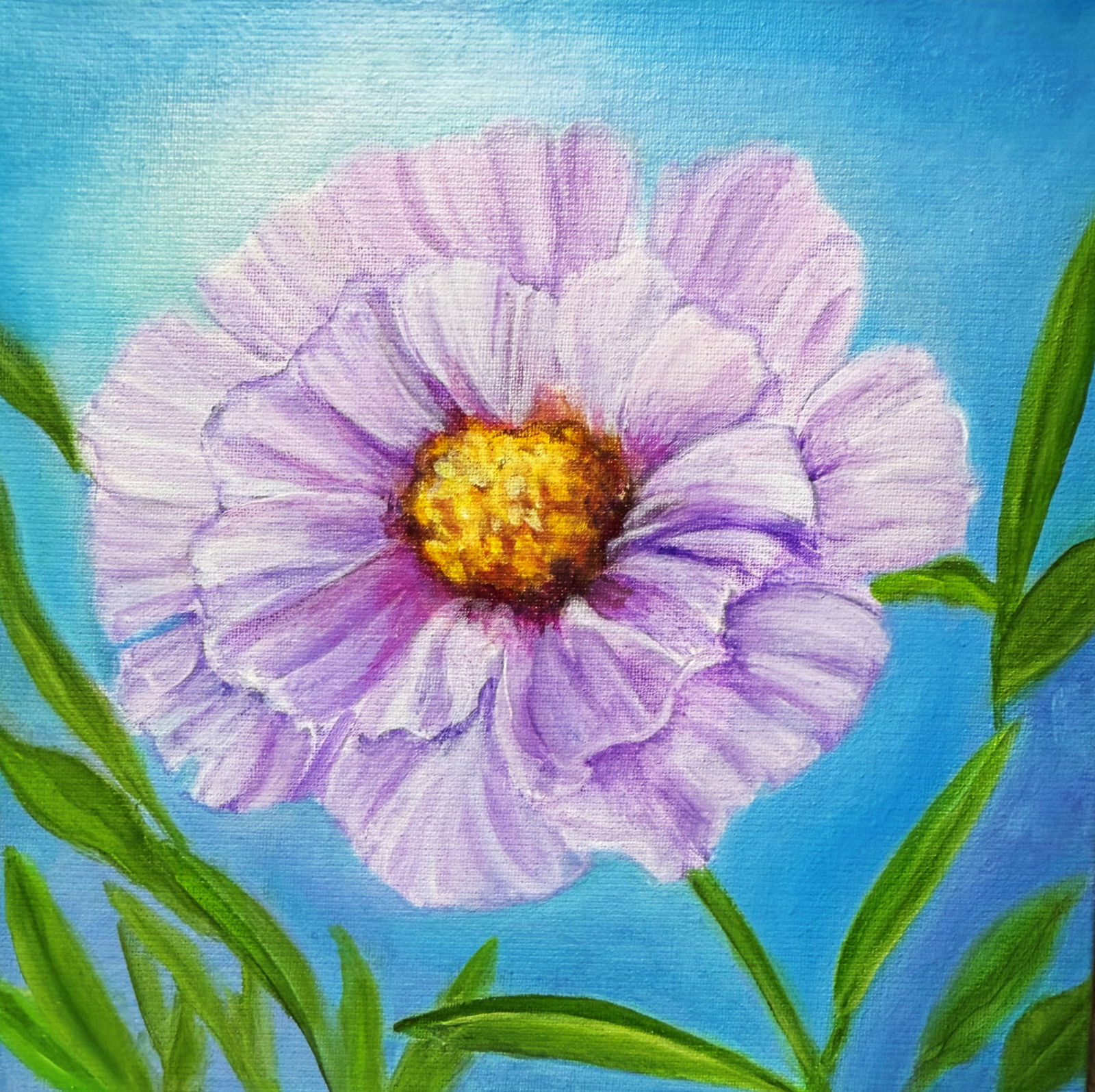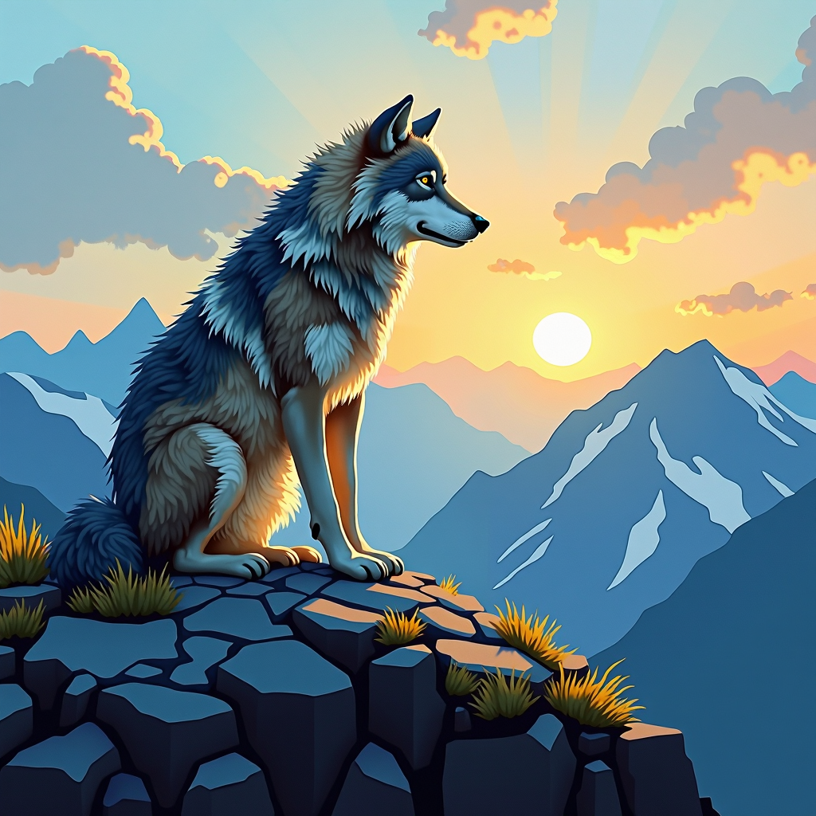A Symbol of Strength
Looking Specifically To Nature's Wolves
Many artists paint wolves as a symbol of strength in many forms and many painting styles. They're all exciting and many are beautiful. Before I began painting wolves I decided to learn specifically what of the many facits of the wolf is especially attractive to artists.
Below is what I discovered that inspired me to include many wolves in my nature series. I thought you might find this information interesting and empowering. However, please note that the following images are not paintings, only images to match my descriptions. All of my art is painted by me from acrylic, oil, and soft chalk pastel.
-Margaret Lukasik
Unleashed:
Exploring the Powerful Symbolism of the Wolf in Art

The Pack Mentality
Wolves, highly social animals, symbolize the power of community and collaboration. Their pack dynamic reflects the importance of loyalty and support.
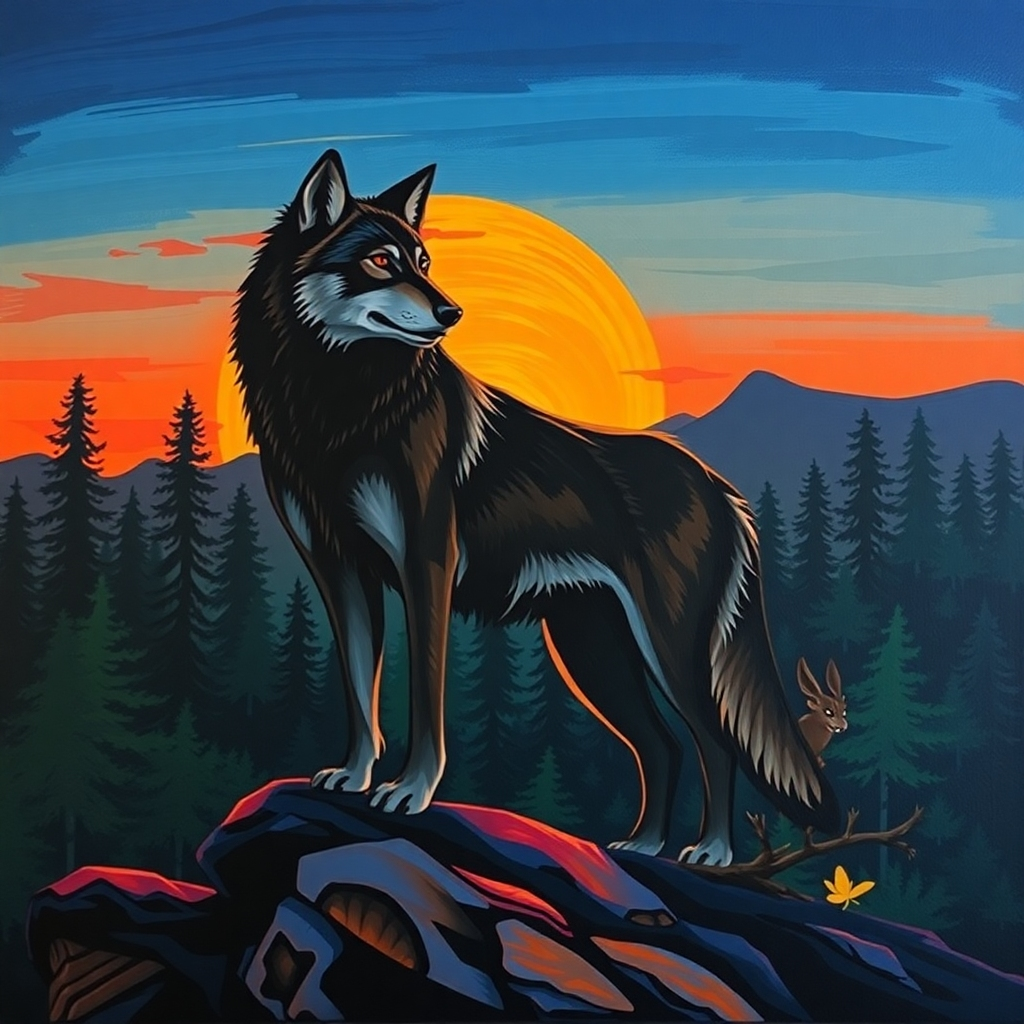
Guardians of the Wild
Often depicted as protectors of nature, wolves embody the untamed wilderness and the importance of environmental conservation.
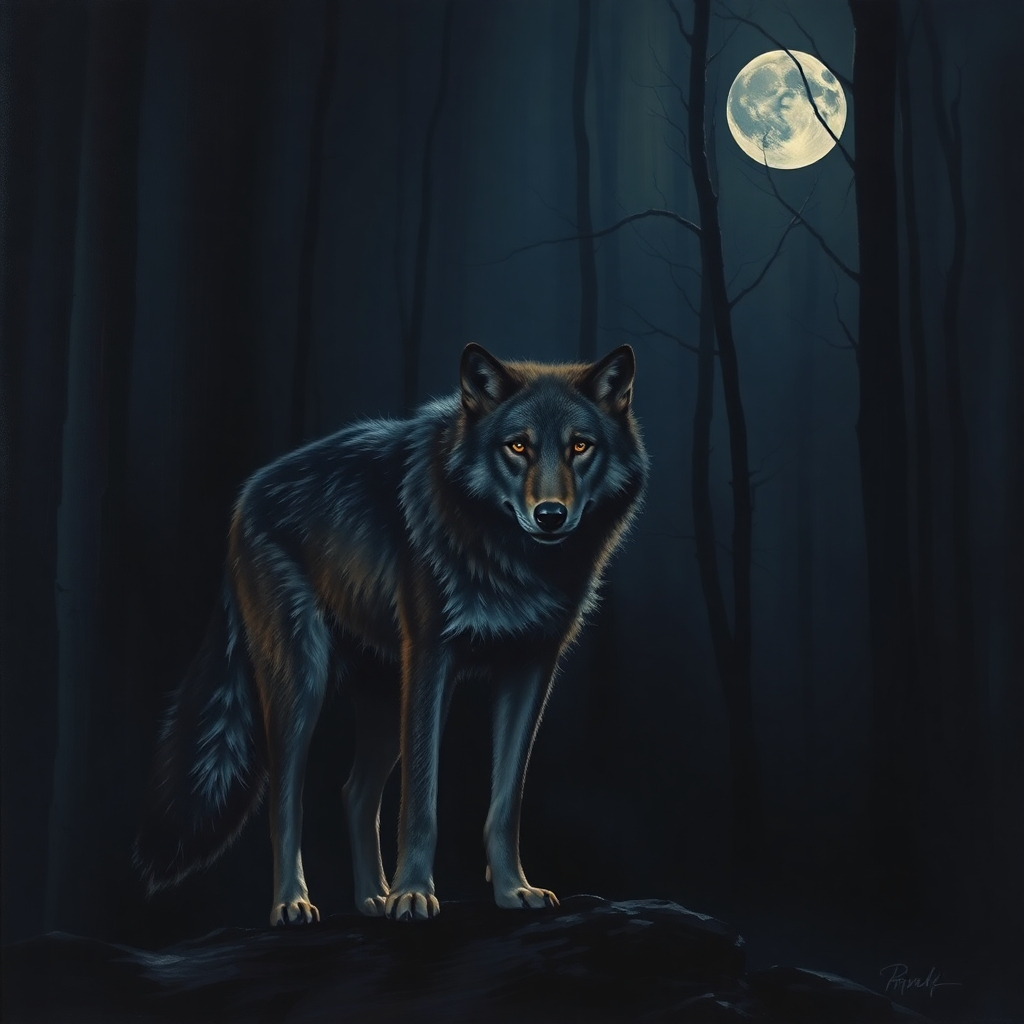
Shadow and Light
Wolves, creatures of both shadow and light, represent the duality of nature. They possess both fierce power and an innate grace.
Beyond the Howl:
Interpreting the Wolf as a Powerful Artistic Motif

Shapeshifting Symbol
The wolf's symbolic meaning changes based on cultural context and artistic interpretation. It can symbolize loyalty, freedom, or even danger.
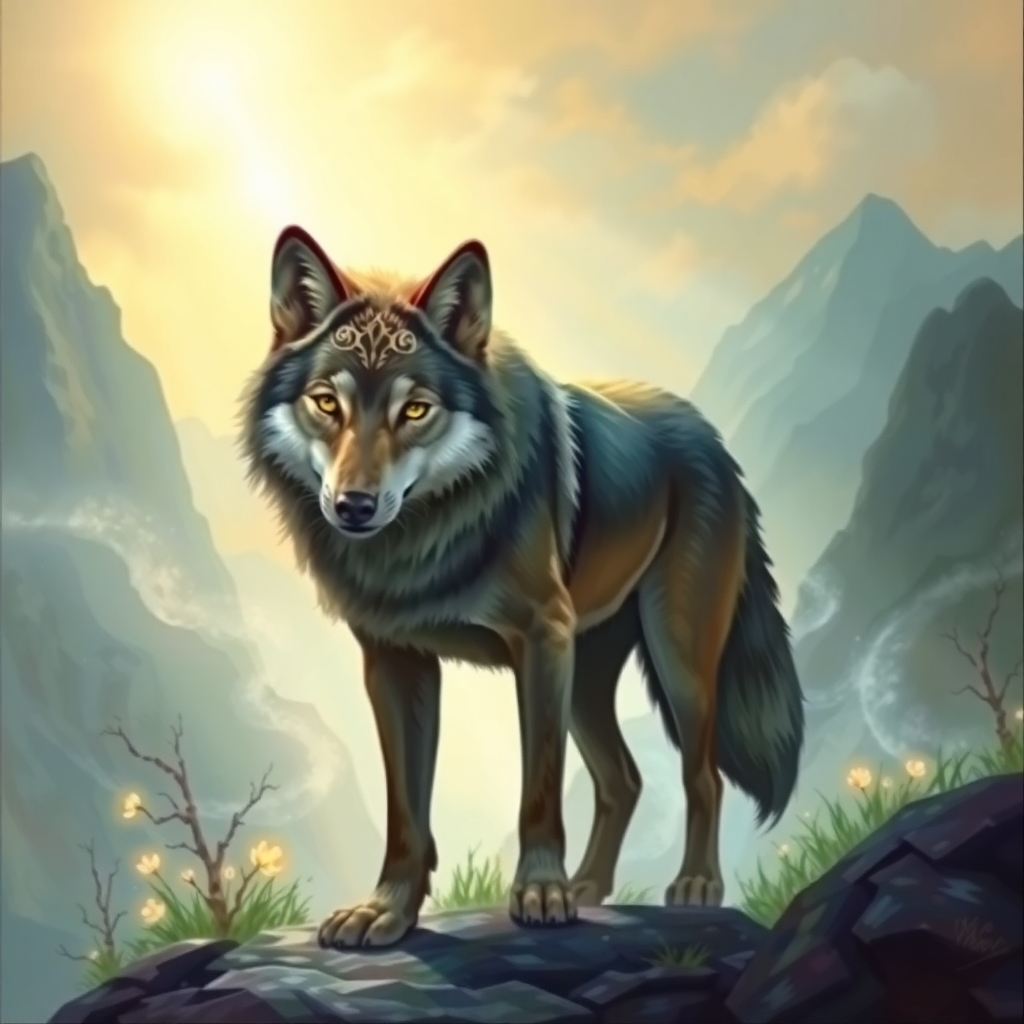
Spiritual Significance
In many cultures, wolves have profound spiritual significance. By some, they are often seen as spirit guides or symbols of connection to the natural world.

Artistic Exploration
Artists use wolves to express a range of emotions and ideas. Their imagery is both timeless and perpetually open to new interpretations.
Beauty Through Inspirational Art:
ThroughArt As a Symbol Of Strength
